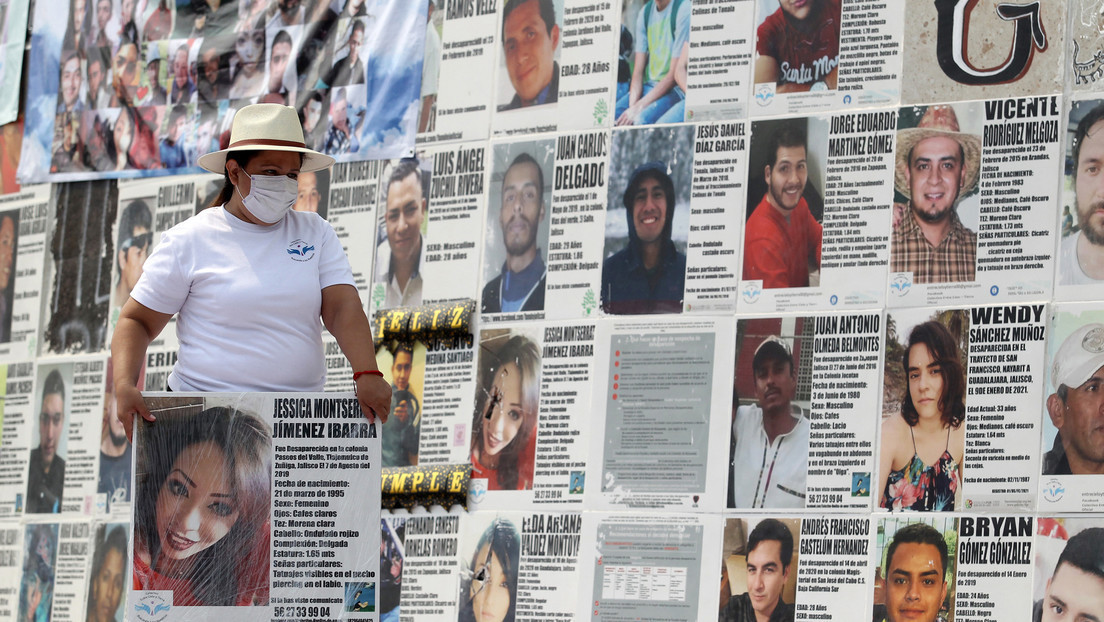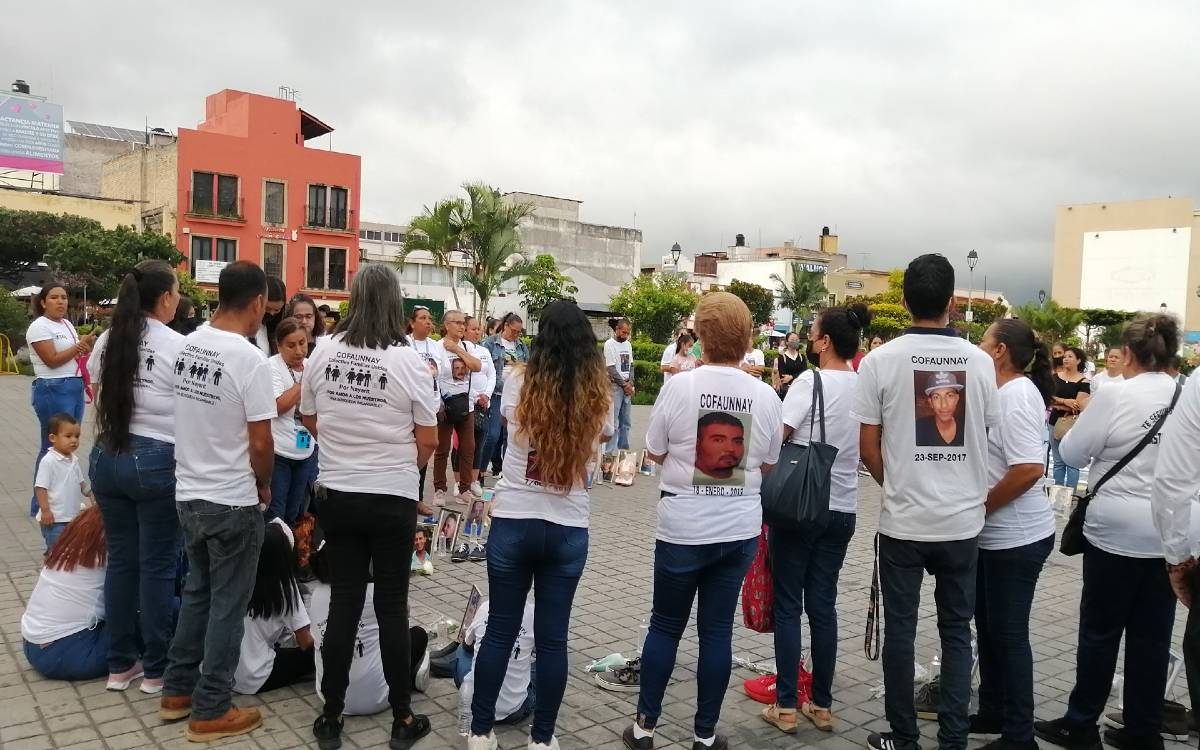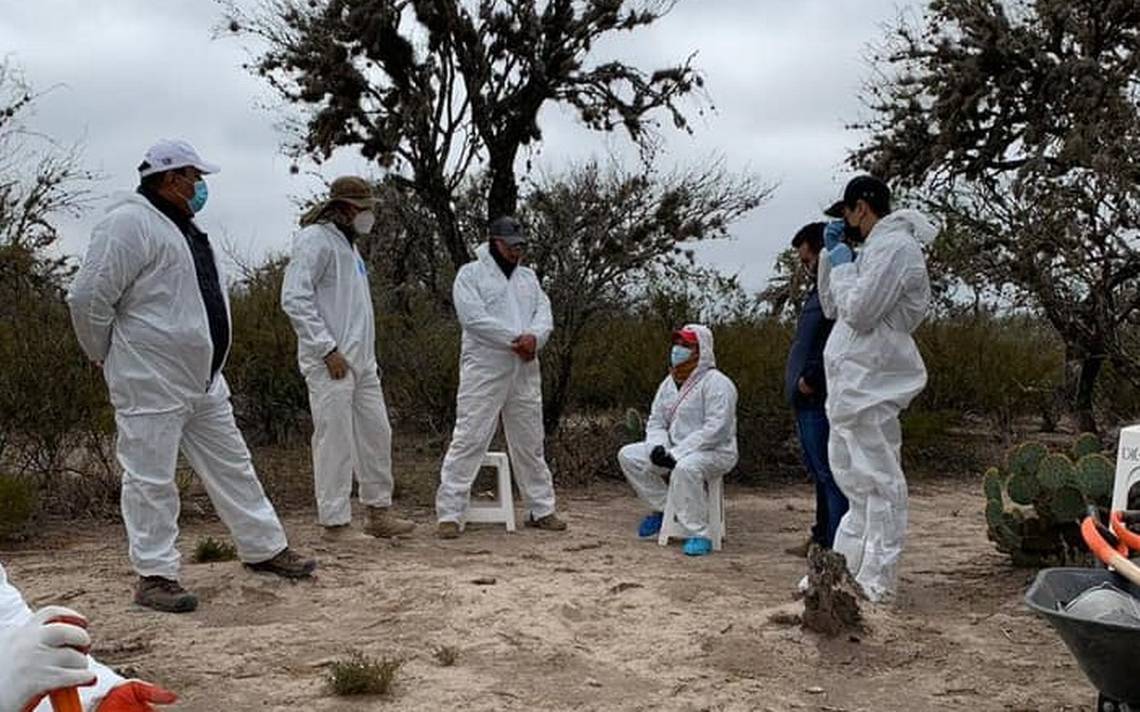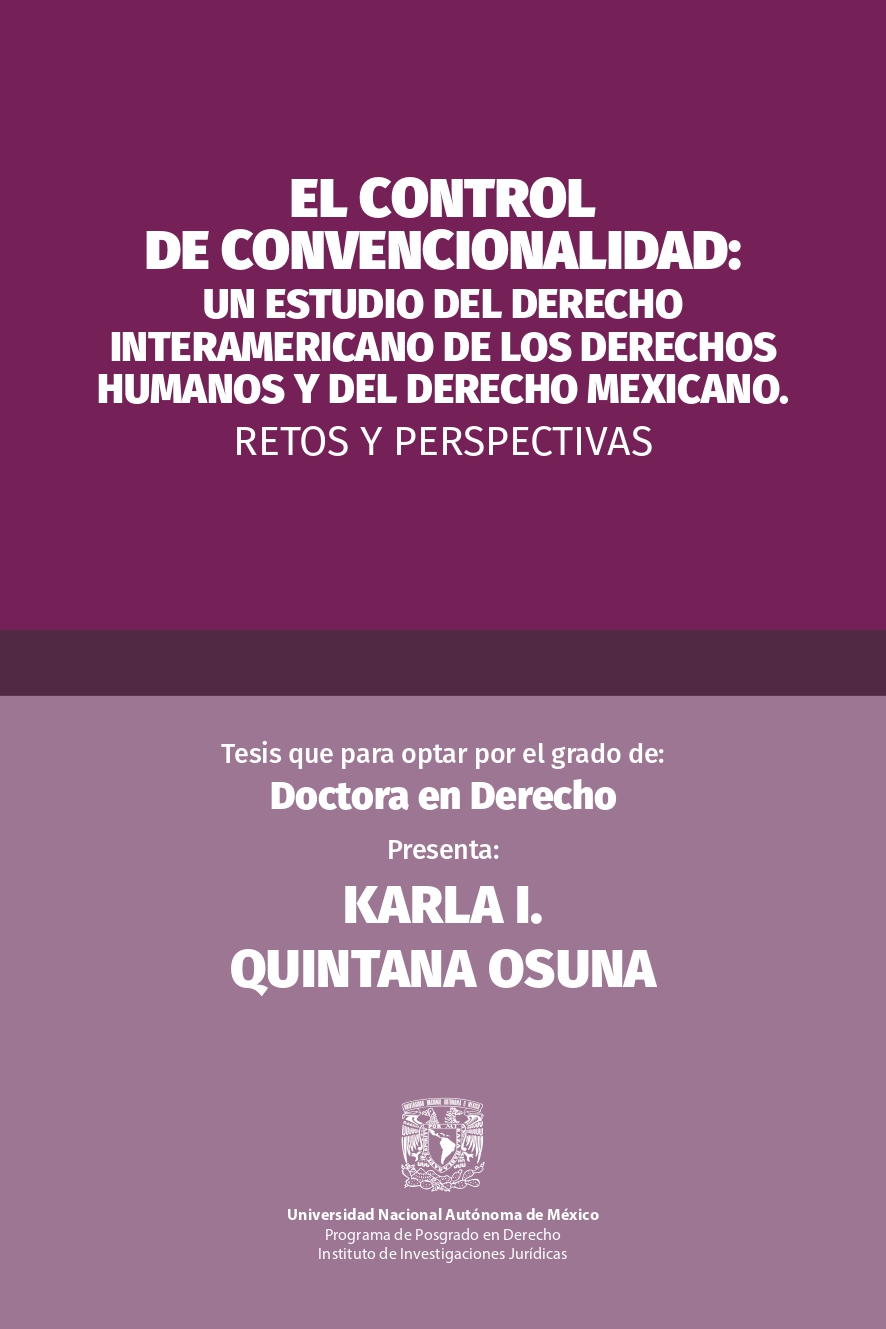Article published on January 18, 2022 by Animal Político, see original article.
Just a few minutes from Tepic airport, the capital of Nayarit, there is a sugar cane field with swampy soil. There, a clandestine grave was located containing 21 bodies, nearly four meters deep, all neatly arranged and with lime. Let’s pause here. How is it possible to create a grave of this size in a field, using an excavator in broad daylight without anyone noticing? How much time and calm would one need to orderly place so many bodies, along with others just a few meters away?
How much impunity must exist? All of it. The families in Nayarit who have been searching for their disappeared since 2017 know this all too well. Who could they turn to for justice when it was the very ministerial and police authorities, alongside organized crime, who were disappearing their children? How could they approach the governor if he was implicated? How could the perpetrator be expected to investigate himself?
The context analysis carried out by the National Search Commission and the Local Search Commission, with information from the state prosecutor's office and testimonies from family members and survivors 1, has partially confirmed the disappearance hypothesis that guided its analysis and established location hypotheses about other sites for searching for people who were disappeared during a plaza clean-up involving collusion among drug cartels, high-ranking state authorities—including Governor Sandoval, Prosecutor Veytia, and various public officials from the prosecutor's office, the police, and the judiciary—as well as an economic elite. The disappearances were carried out by groups made up of police or prosecutor's office personnel, or by cartel members colluding with them. However, disappearances were not the only crimes committed; they have a direct correlation with homicides and, according to other sources, with extortions and other crimes against ejidatarios and small landowners. Another fundamental finding is that part of the prosecutor's office structure may still be operating.
State and federal ministerial investigations have made almost no progress. According to the available information, very few material authors have been arrested, and little to nothing is known about the processes for those intellectual authors arrested in the United States for forced disappearance. It is unknown whether there is an investigation into the macrocriminality network responsible for the crimes that enabled its operation.
“The chain breaks at its weakest link,” goes the popular saying. And this is often the case in investigations. In Mexico, there is a 98% impunity rate overall, which is even higher when it comes to disappearances. The almost non-existent sentences related to forced disappearance target middle and low-ranking officials; intellectual authors are not investigated. Investigations into disappearances by private individuals, kidnappings, and trafficking fare no better. With some luck, there are a few material authors investigated and prosecuted. It seems that what matters is, at best, knowing who did it—materially speaking—and not who ordered it or what structure allowed the disappearance. Even less does it seem to matter, from the investigation standpoint, what happened to the missing person and where they are.
For this reason, the General Law on Disappearance provides for context units for both the attorney general’s offices and the search commissions. This aims to identify both the material and intellectual perpetrators, understand the modus operandi and the criminal structures, and, on the other hand, locate the whereabouts of the missing persons.
History shows us the importance of context analysis. When hundreds of women were victims of various types of sexual violence during armed conflicts in Guatemala, Peru, or Colombia, they probably did not imagine that "their case" would achieve justice; nor did the communities displaced by violence. The women who gave birth while being detained-disappeared in Argentina likely did not believe it either, nor did the girls and boys kidnapped in El Salvador. Nor did the missing persons in all these countries.
However, truth and justice have been achieved in many of these cases. How? First, and without a doubt, through the struggle of family members and survivors. Then, by understanding from the State that none of these events are isolated, nor could they happen without a structure that allowed or collaborated to make it happen. Finally, having solid institutions that guarantee serious and effective investigations, with a strong judiciary and, in many cases, with special prosecutors or ministers who concentrated on cases and were in charge of an investigative apparatus.
What happens in Mexico regarding disappearances cannot be understood in isolation; not with nearly 97,000 people officially reported as missing—over 95,000 since 2007. The case of Nayarit is not unique, nor are the cases of Veracruz, Nuevo León, Coahuila, Tamaulipas, Guerrero, and others, with the differences accounted for in time, place, and the level of involvement of different actors, where institutional structures—most of them municipal and state—have perpetrated or allowed the commission of serious human rights violations. And in some cases, it continues to happen.
Context analyses must and can impact truth and justice. In Argentina, megacases were created that condemned the highest military and civilian leaders—including police and judges—for enforced disappearances. In Guatemala and Peru, two former presidents have been convicted by national justice for serious human rights violations—including disappearances. In Italy, the top mafia bosses responsible for multiple crimes were arrested and prosecuted, just as leaders of cartels were in Guatemala, and Peru has condemned leaders of armed groups. Colombia has made significant advances in processes for enforced disappearances. None of this would have happened without understanding the complexity of the networks that allowed such serious human rights violations to occur and without strong institutions that took on their historical obligation to investigate and prosecute those responsible, exposing these networks that go beyond a single perpetrator. That is where justice in Mexico should look, in these and other truth processes.
A few weeks ago, I met a woman in Nayarit who is searching for her son, two nephews, her sister, and her granddaughter. Out of fear, she has only reported the disappearance of her son. She asked if the report would help in finding them and advancing the investigations.
Eventually, contextual analyses will impact—because they must—truth and justice. For this, we urgently need, as we have insisted and reiterated before the UN Committee on Enforced Disappearances, a rethinking of the justice system as we know it, and for the various authorities of the State—not just some—to assume their responsibilities and obligations. This will impact not only the disappeared persons and their families but also a society that has the right to know the truth, grasp it, and demand answers.






